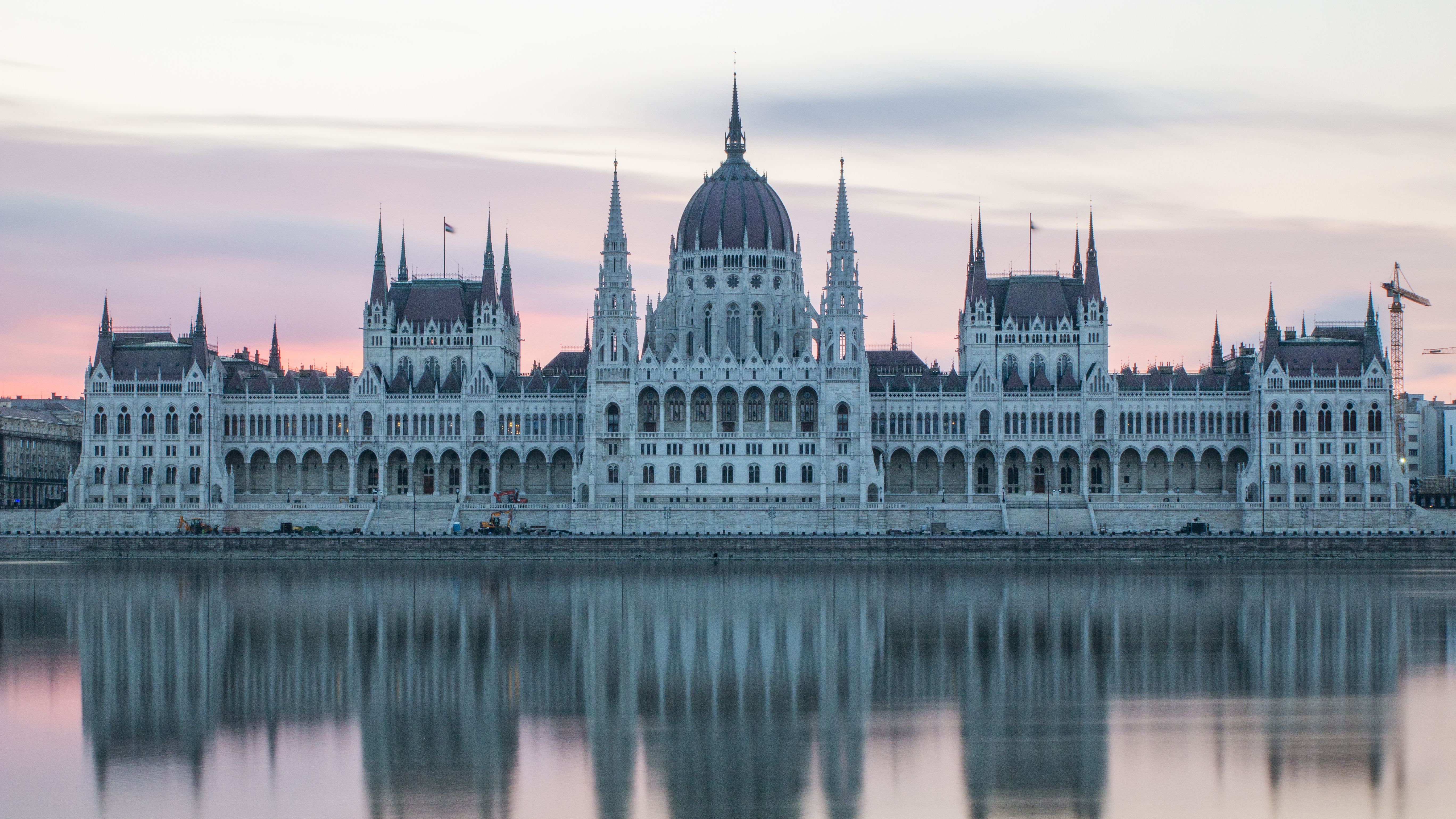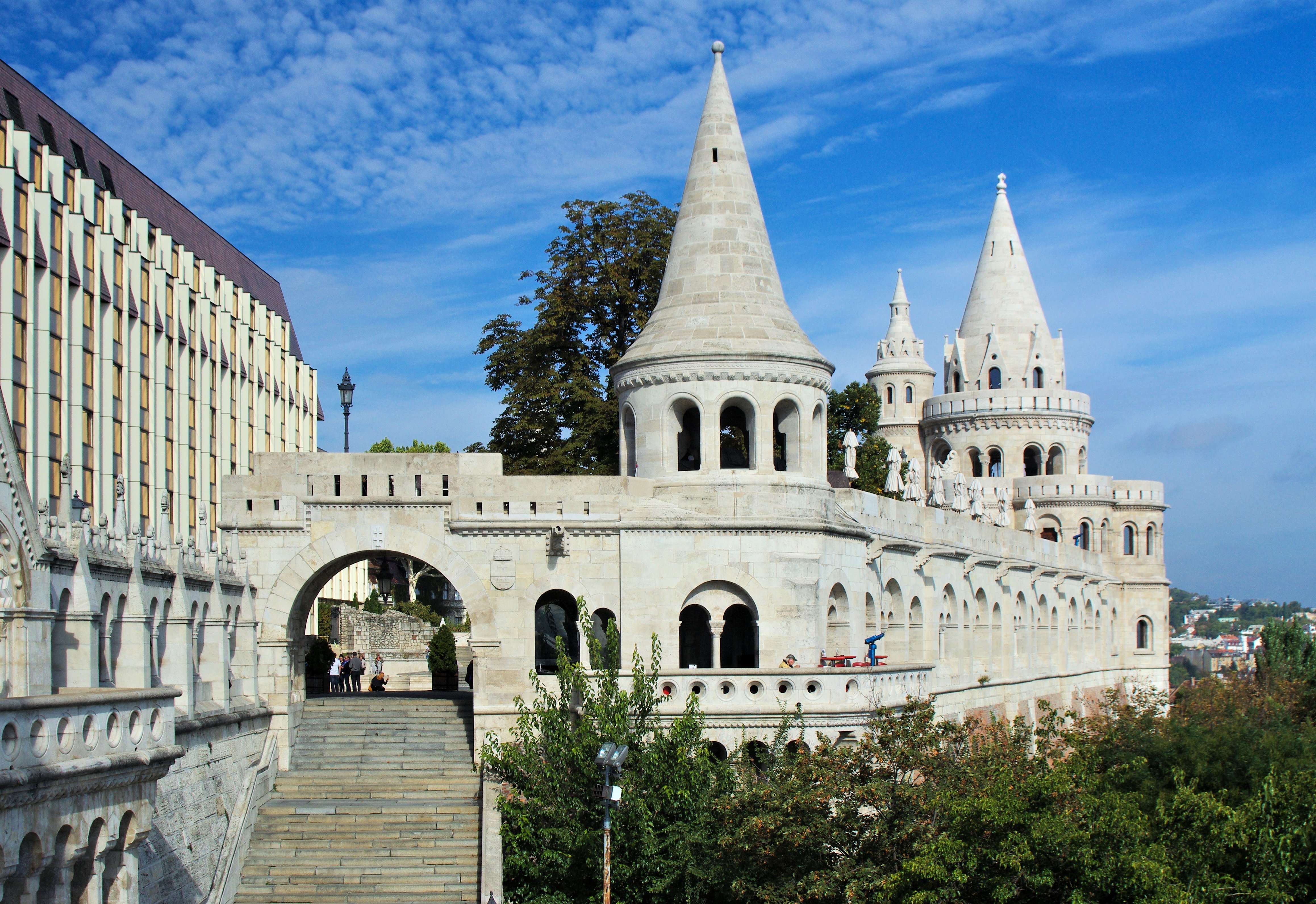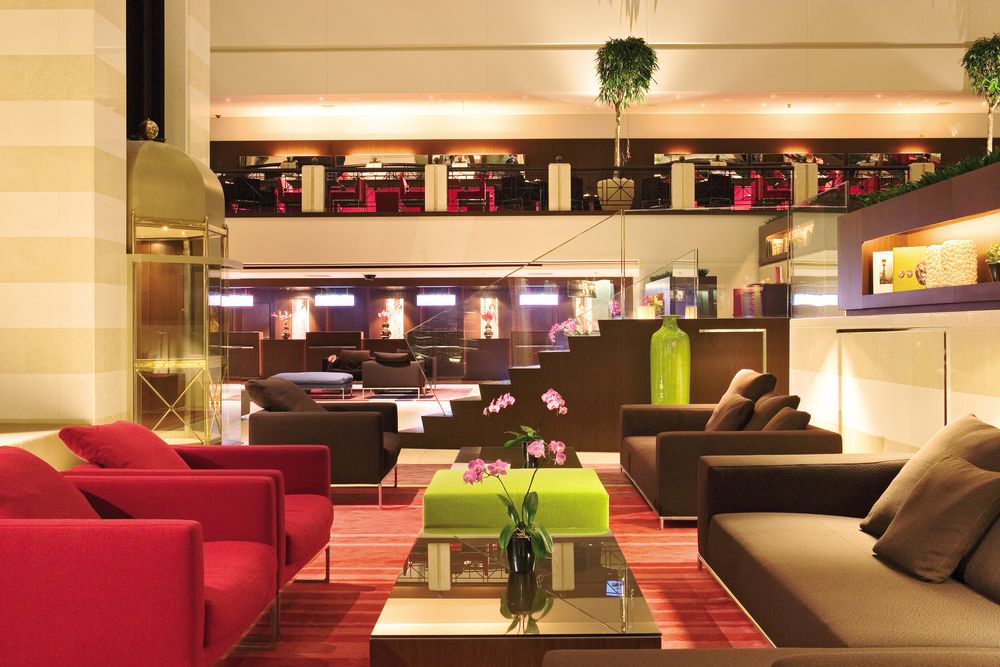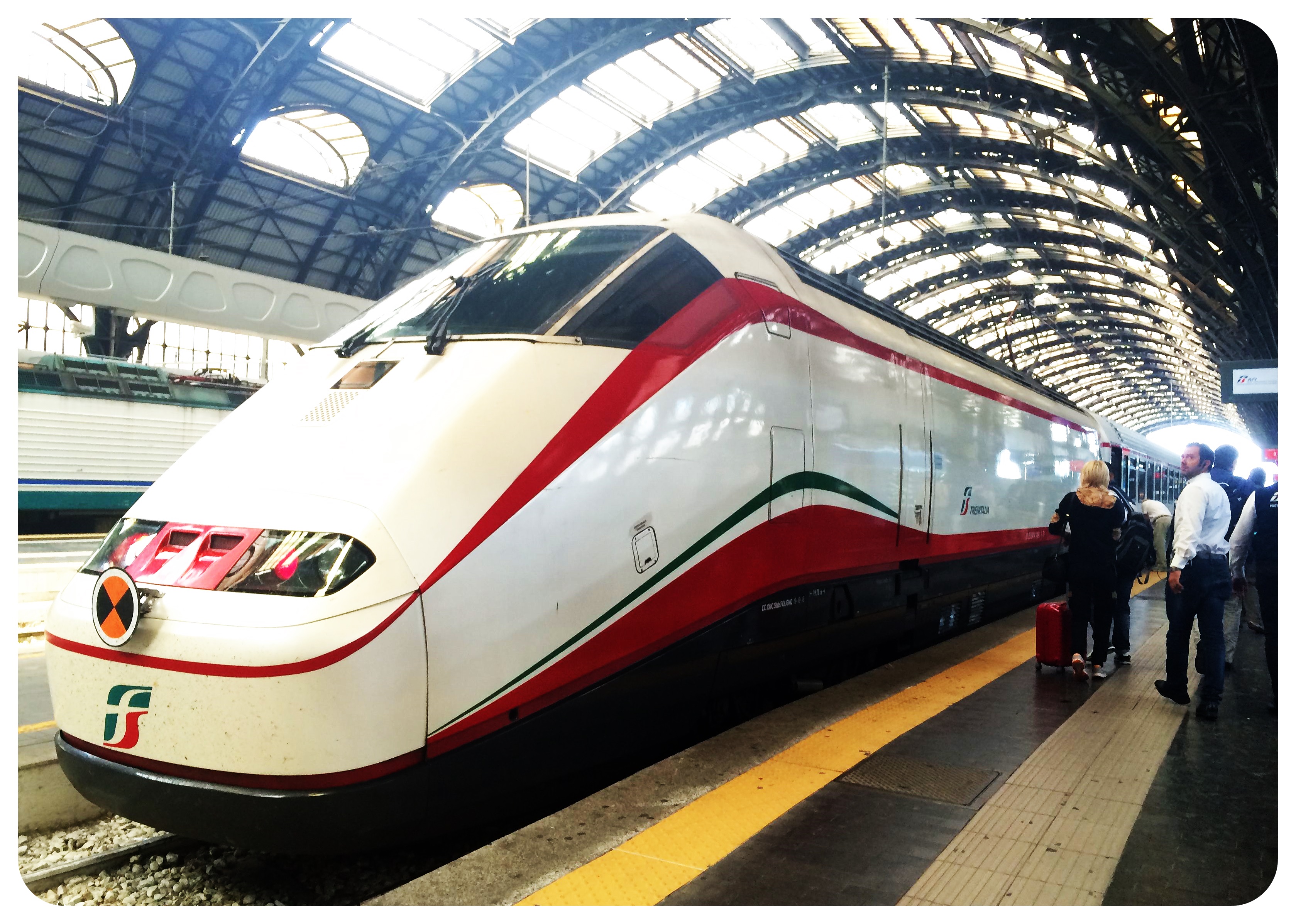Last Updated on January 15, 2024
Budapest has seen a steady rise in popularity over the last couple of decades and is now one of the most popular capitals in all of Europe. If you’re on a Euro trip, make sure to add Hungary’s capital to your itinerary and let the city charm you with its grand historic architecture, beautiful landmarks, and lively nightlife.
The city is made up of two distinctly different parts: Buda, which is western of the Danube River perched atop a hill, topped by an imposing castle, and Pest, on the eastern side of the river, dominated by the stunning Parliament Building on the riverfront.
Budapest Sightseeing Cruises start at only US$10!
To get a good overview of the city, visit the main sights and have time to try some delicious Hungarian food, I recommend spending at least two nights in Budapest, but no matter how much or how little time you have – here are five things you HAVE TO do on your visit:
1 Take in the breathtaking views
Since much of the Buda part of the city sits atop a hill, the city offers several viewpoints that offer sweeping vistas over the entire city and the Danube River which divides Buda and Pest. A panoramic view requires a bit of an uphill march, but trust me, it is worth the pain.
Fisherman’s Bastion (Halaszbastya) is one of the best viewpoints in Budapest, including a spectacular view of the remarkable Parliament Building. While you’re there, go for a stroll in the surrounding streets – there are plenty of nice cafes and bars.
If you don’t like crowds, I recommend heading up there early in the morning – this place gets busy, but it’s popular for a reason. Another great viewpoint is Gellért Hill, named after Bishop Gellért, who was thrown to death from the hill by pagans in the fight against Christianity in 1046. You’ll find a monument erected in his honor atop the hill, as well as another famous statue: Budapest’s Statue of Liberty, visible from everywhere in the city. The big citadel on Gellért Hill is a popular tourist attraction now, also worth a visit, if you have time.
Another great viewpoint is Gellért Hill, named after Bishop Gellért, who was thrown to death from the hill by pagans in the fight against Christianity in 1046. You’ll find a monument erected in his honor atop the hill, as well as another famous statue: Budapest’s Statue of Liberty, visible from everywhere in the city. The big citadel on Gellért Hill is a popular tourist attraction now, also worth a visit, if you have time.
To get to Gellért Hill, take a tram across Liberty Bridge to the base of the hill. That’s where you also find the famous Gellert Baths, one of several thermal pools in Budapest (see below #2). The path to the top of the hill is well signposted.
A third magnificent view of Budapest can be enjoyed from Castle Hill. From here, you can see the Szechenyi Chain Bridge, Gresham Palace, and St. Stephen’s Basilica in a perfect line.
2 Take a Bath
A visit to at least one of Budapest’s thermal baths is a MUST when you visit the city. The city is built above thermal hot springs, which is why several of these springs were turned into thermal pools. The Szechenyi Baths are the most famous one and the largest ones – in fact, one of the largest thermal pools in all of Europe! They’re particularly famous thanks to the beautiful neo-Baroque building they’re facing, making it an extraordinary spa experience.
Since the Szechenyi Baths are very popular, it’s recommended to book tickets in advance, especially if you are visiting during the busy summer season (May to October), and if you don’t have much time, go for the fast-track tickets. Fast-track tickets are €21 on weekdays and €22 (roughly US$25) on weekends and Holidays, and this price includes not only Skip the Line Entry but also a private cabin room, and you can spend the entire day in the baths if you want to.
3 Drink in a Ruin Bar
Ruin bars, which are basically watering holes inside abandoned buildings, are something Budapest is famous for, and you have to visit at least one of them while you’re visiting the city. Most of the ruin bars are in the Jewish Quarter, where in the early 2000s, many buildings sat empty – and a business savvy local decided to turn one of these ‘ruins’ into a bar: Szimpla Kert. That was the very first one, and soon others followed. Many of these bars have a unique design, several rooms, and some have unique touches like mismatched furniture that looks like it was found on a flea market or at a garage sale (which it probably was.) The best part about them? That you can still get a large beer for $2 or even less!
In addition to Szimpla Kert, Instant, Mazel Tov and Ellátó Kert are worth a visit, too. If you’re traveling by yourself, consider joining a Ruin Bar – there are several tours in Budapest, check Tripadvisor for the best rated tour.
4 Eat in the Great Market Hall
Budapest’s Great Market Hall (Nagyvasarcsarnok in Hungarian – try to say that word!) looks more like a train station from the outside: a majestic building where you can watch the locals as they shop for fresh spices and produces, but also nosh on some Hungarian specialties. The three-storey market hall has enough to see to keep you entertained for a couple of hours.  If you’re not sure, what food to try, here are some recommendations:
If you’re not sure, what food to try, here are some recommendations:
- Langos, a deepfried dough topped with sweet (honey) or savory (garlic, cheese, sour cream) toppings
- Sweet strudels for dessert
- Pogácsa (the Hungarian version of a scone)
- Hungarian salami
- Kürtőskalács – the famous Hungarian chimney cake (which you can’t miss if you love cinnamon!)
5 See the Shoes on the Danube
This might sound like a rather odd thing to do, but the Shoes on the Danube promenade are a memorial to the Jews who were murdered in Budapest during World War II. Many Jews were shot by the Nazis right on the promenade, their bodies consequently falling into the river and washed away. Before they were shot, they were asked to take their shoes off and strip naked, hence the shoe memorial. The memorial, found right in front of the Parliament Building, consists of 60 pairs of shoes in all different styles and sizes – showing that absolutely nobody was spared from this horrifying act, not even children. It is estimated that around 20,000 Jews were shot on the shore of the Danube River, and the shoes are a haunting memorial to what was a gloomy time in the history of the city.
Where to stay in Budapest
ibis Budapest Centrum Hotel
For a stylish hotel at less than $100, consider the ibis Budapest Centrum Hotel, which has functional rooms and is located right in the center of Budapest, as its name suggests. The Great Market Hall is only a couple of minutes away, and you’re close to Liberty Bridge which connects the Pest part of the city with Buda. The Gellert Baths and Gellert Hill are less than 15 mins walking distance, and there are plenty of bars and restaurants nearby.
Sofitel Budapest Chain Bridge
If you want to splurge, you’ll love the Sofitel Budapest Chain Bridge, a luxury hotel that sits right on the Danube River, offering amazing views over the Chain Bridge and the Royal Castle. This hotel has an indoor pool and a wonderful summer terrace and all major attractions are just a short walk from the hotel.
How to get to Budapest
By plane
Budapest Franz Liszt International Airport connects Budapest with all major European cities, and is served by many low-cost airlines (EasyJet, Flybe, Germanwings, Jet2, Ryanair, Wizzair, Vueling, Norwegian).
By train
Budapest is connected to many European cities via rail, and has three railway stations (Eastern, Southern and Western Railway Station), which are all connected to the underground (metro) system. International trains usually arrive at the Eastern Railway Station. There are direct trains from Vienna (2.5hrs), Bratislava (2.5hrs), Zagreb (7hrs), Prague (7hrs), Munich (7.5 hrs), Belgrade (8hrs), Ljubljana (10hrs), Warsaw (10.5hrs), Berlin (12hrs), Bucharest (16hrs)
By bus
Budapest is served by several low-cost buses, making it easy to travel Europe on a budget. Check the following buses for connections to other European countries:
- Eurolines
- Flixbus
- Eurobusways

Photo Credit: Lead image via Walkerssk on Pixabay. All other images used via Flickr’s Creative Commons Licensing: (1) Parliament Building by Hans Permana; (2) Fisherman’s Bastion by Byron Howes; (3) Szechenyi Baths by Thierry Kennes; (4) Szimpla Kert Ruin Bar by Nan Palermo; (5) Great Market Hall by Alejandro; (5) Shoes by Pedro Cambra





